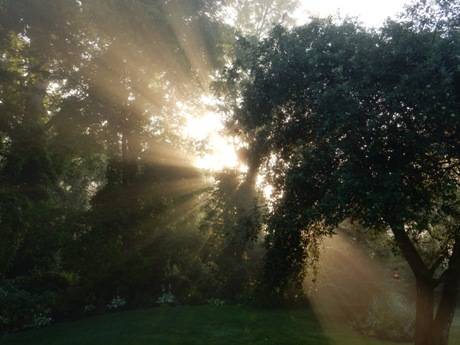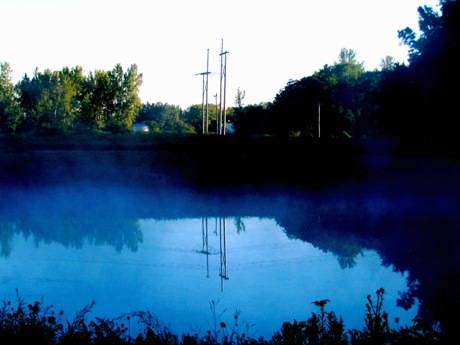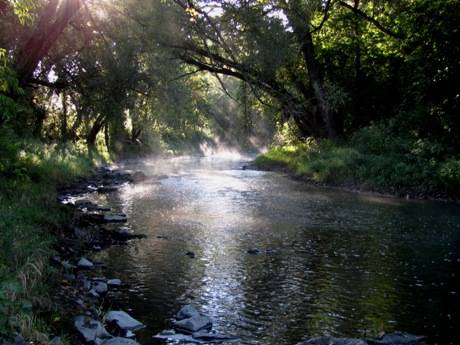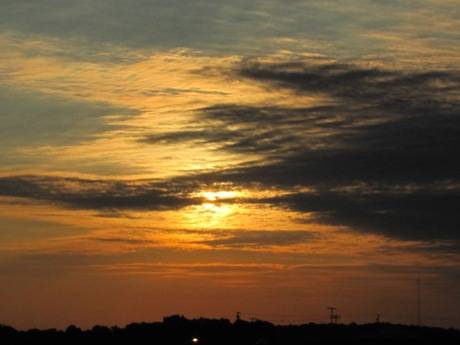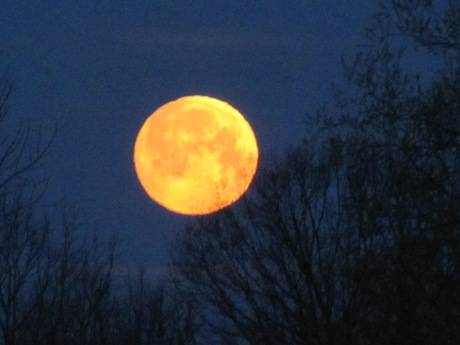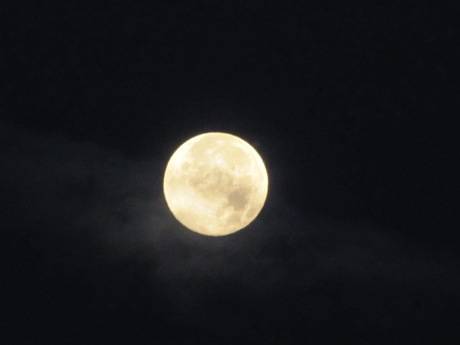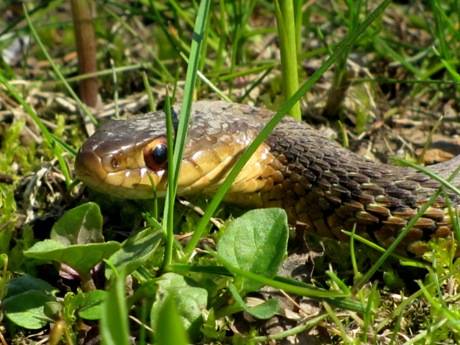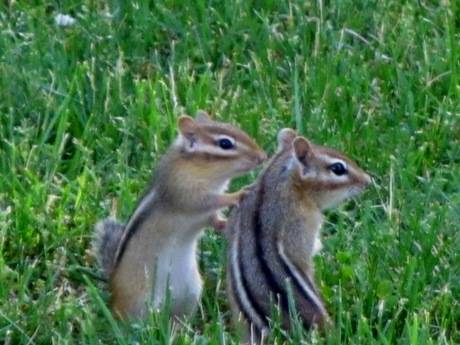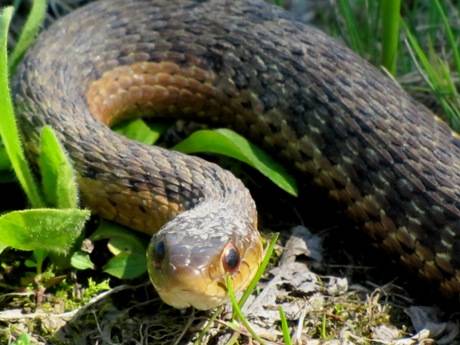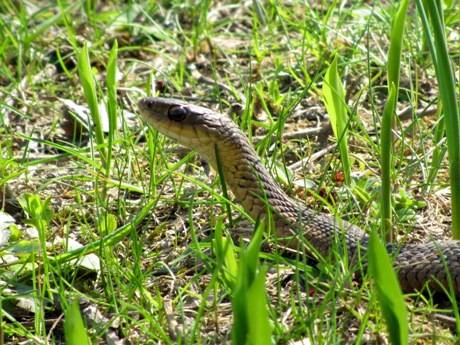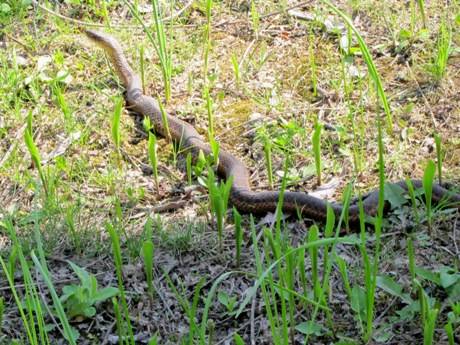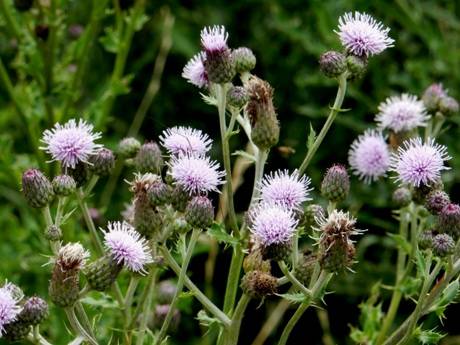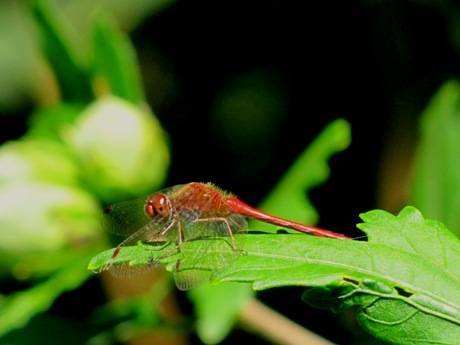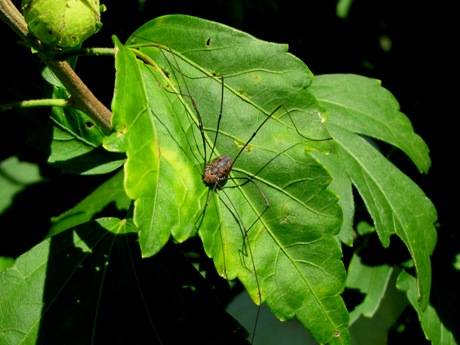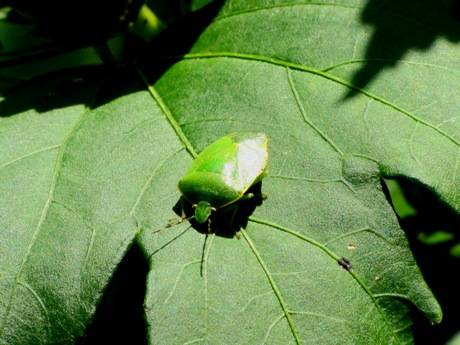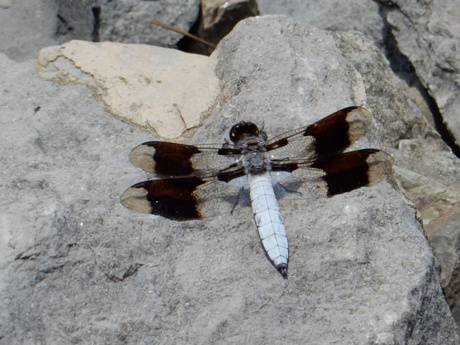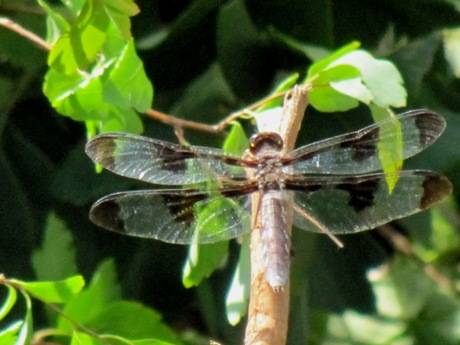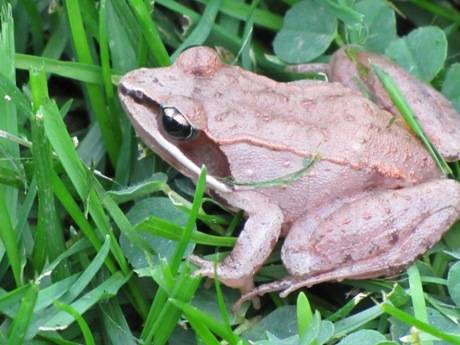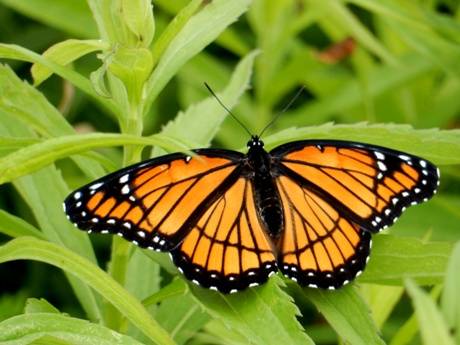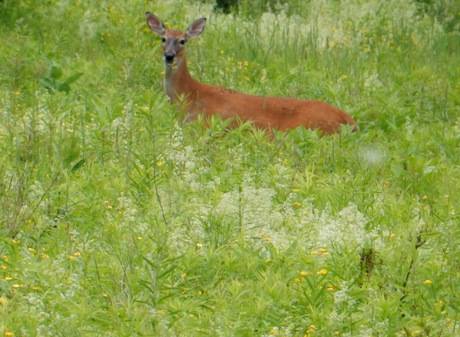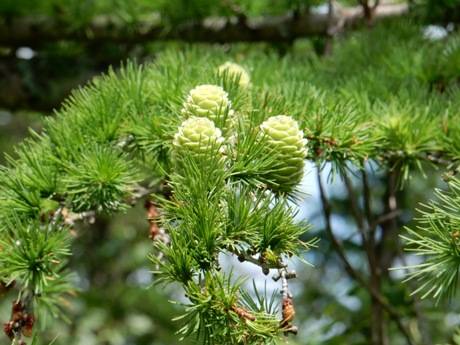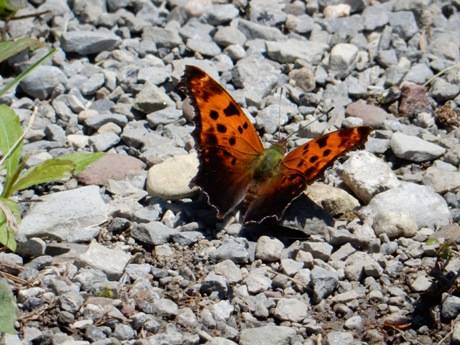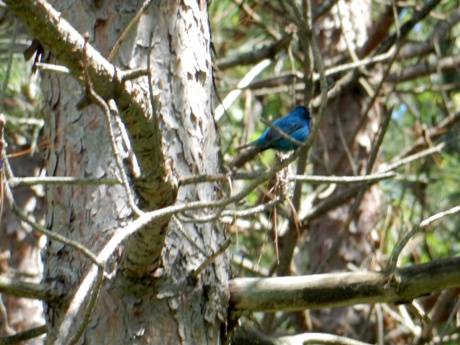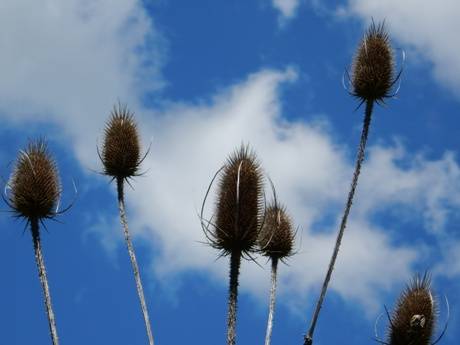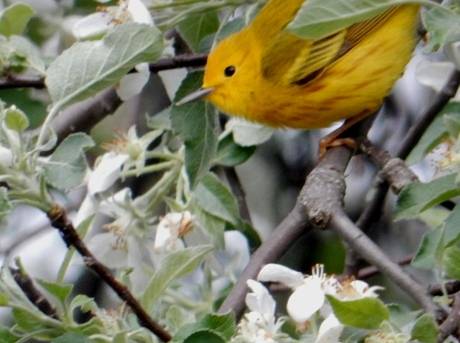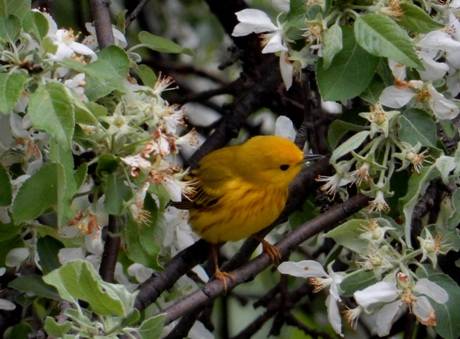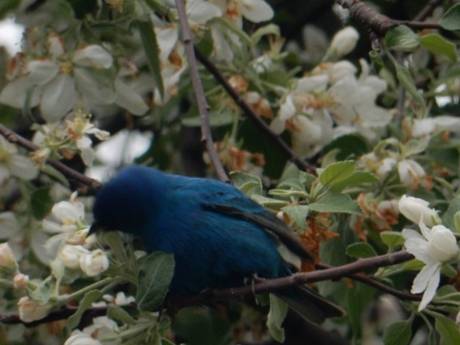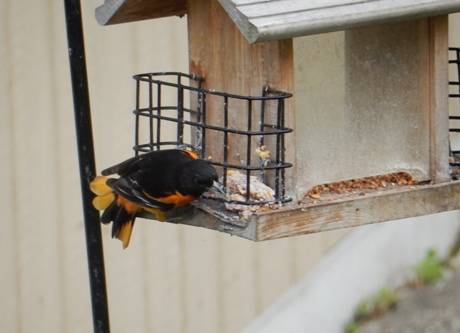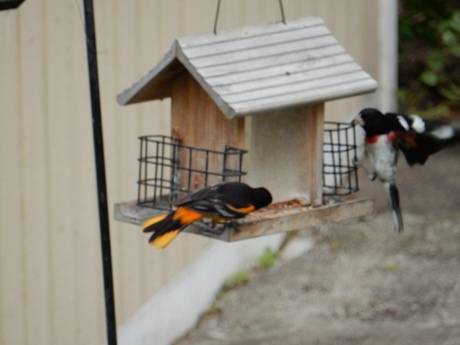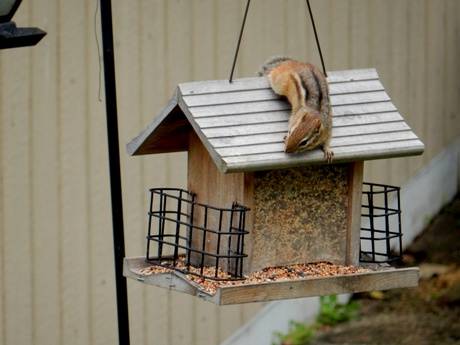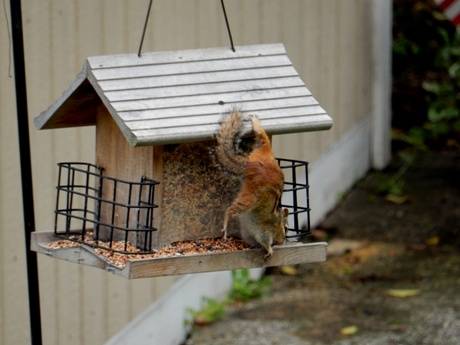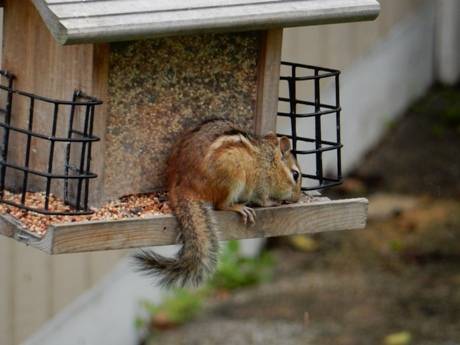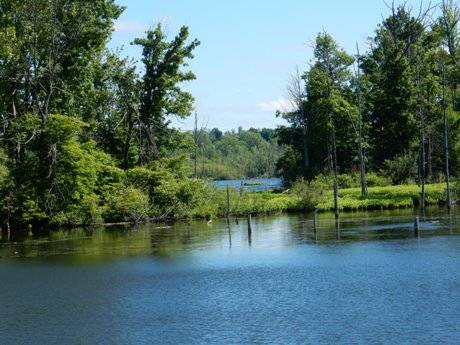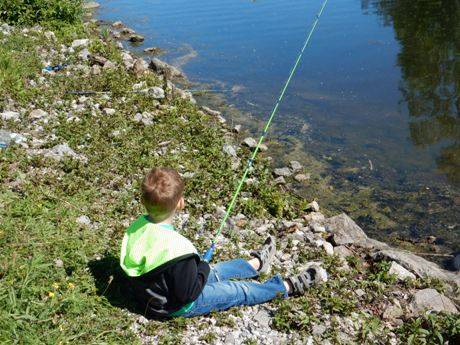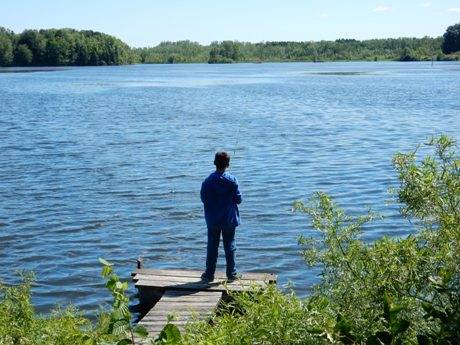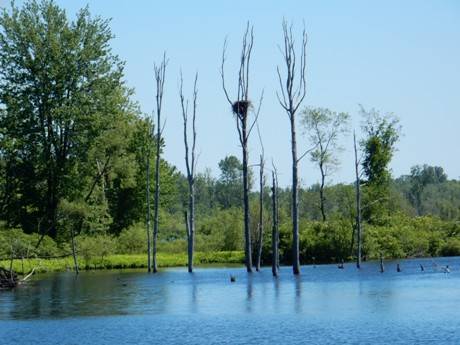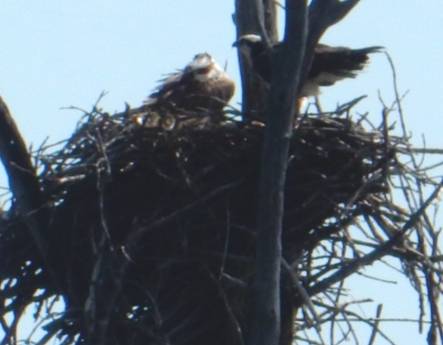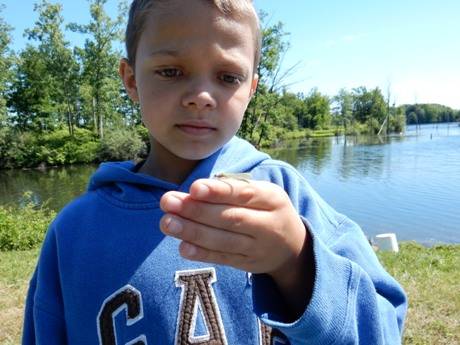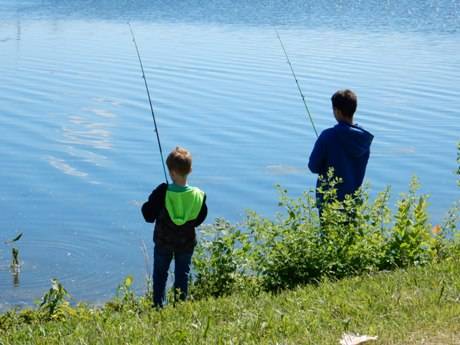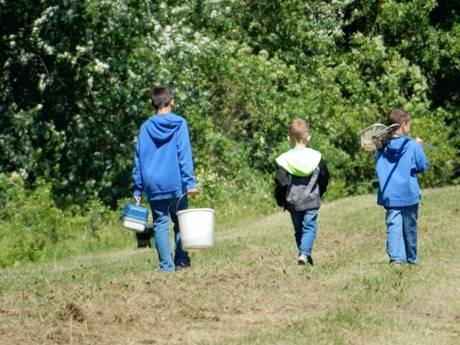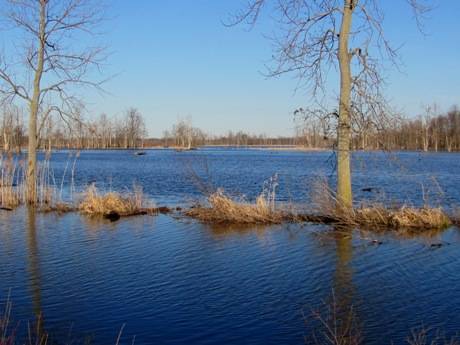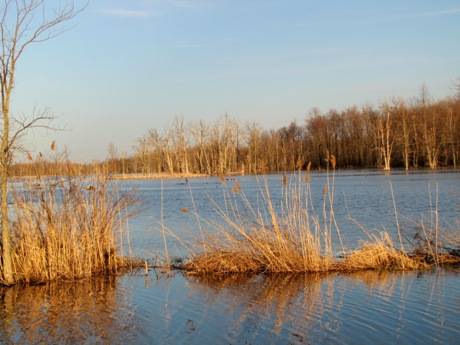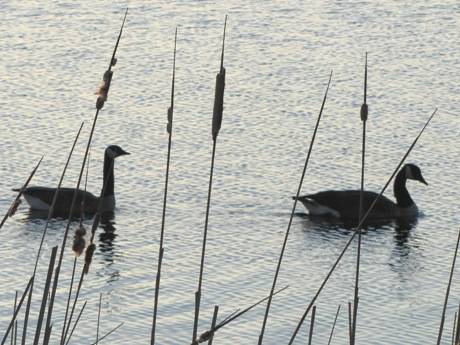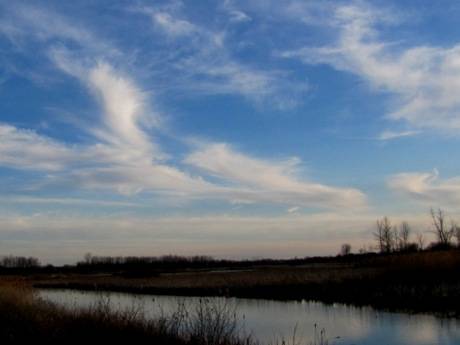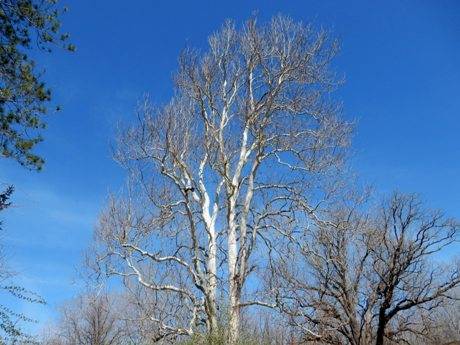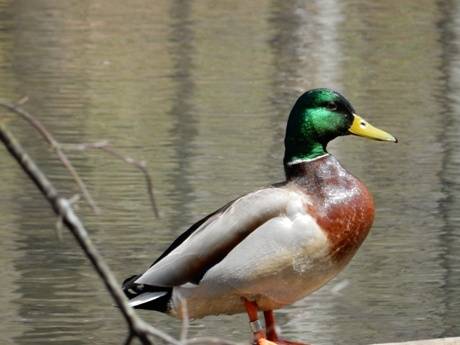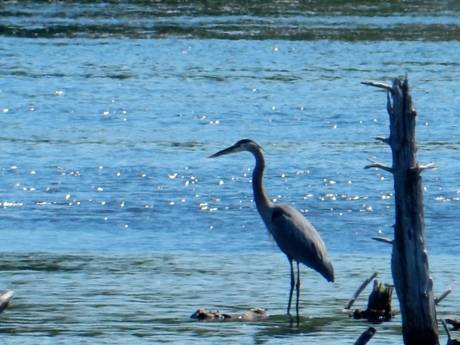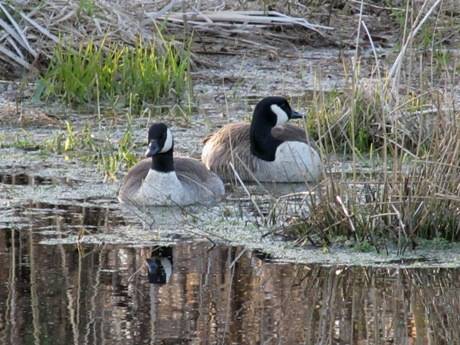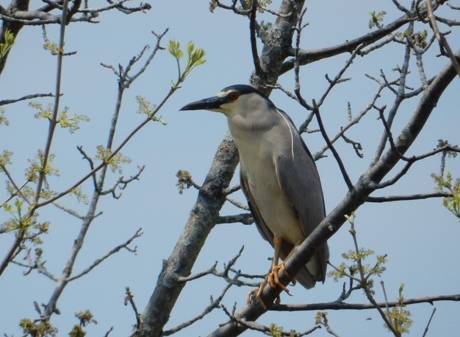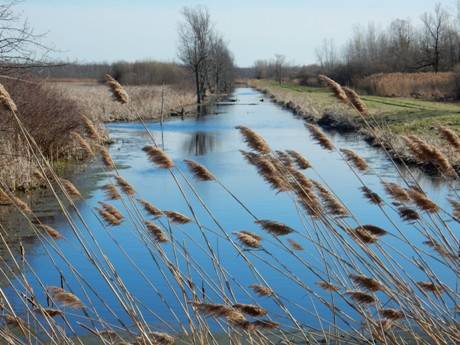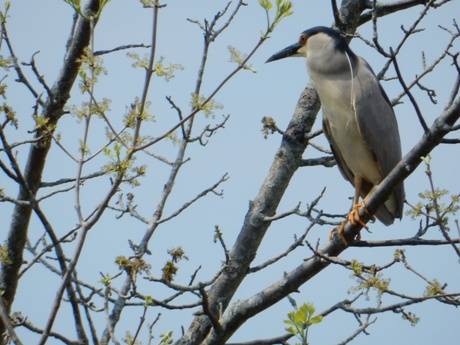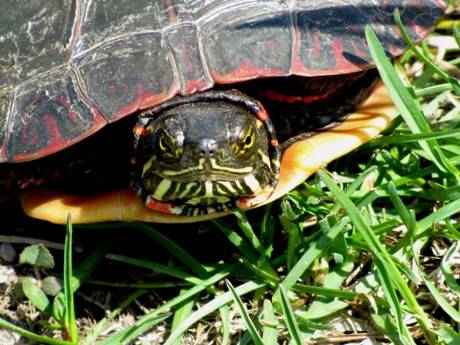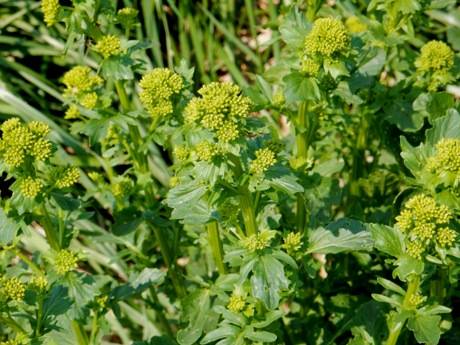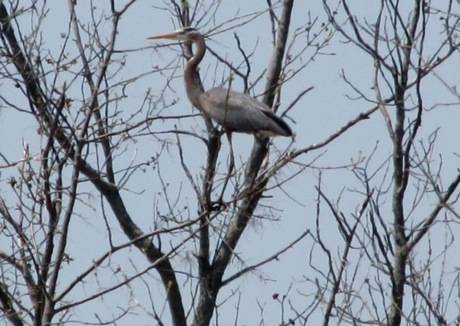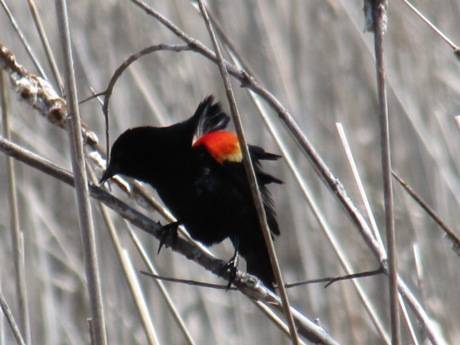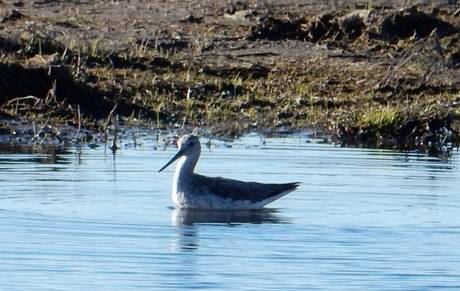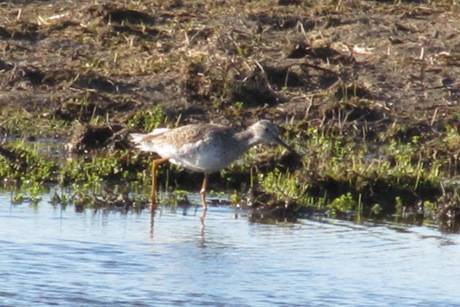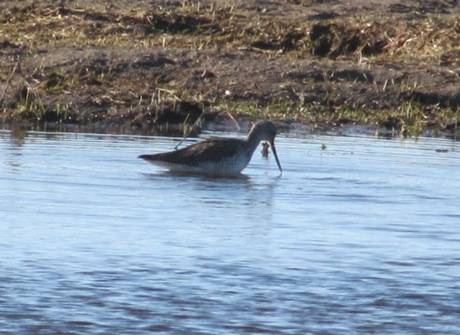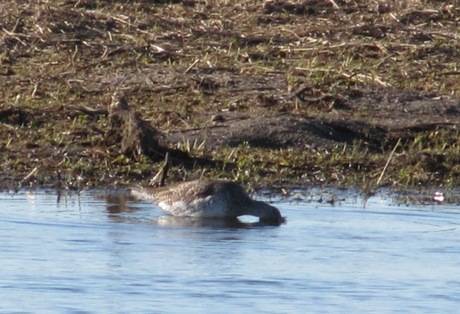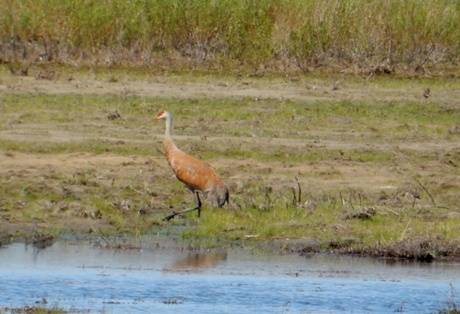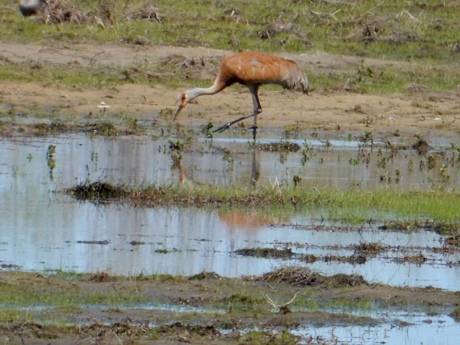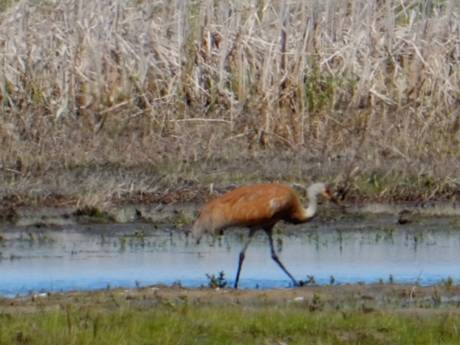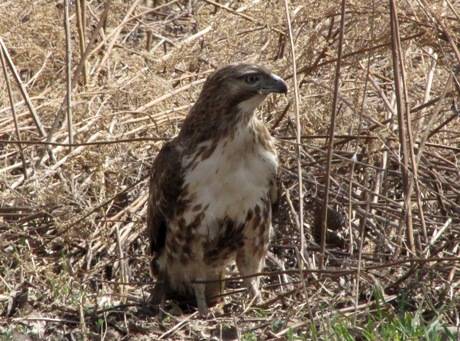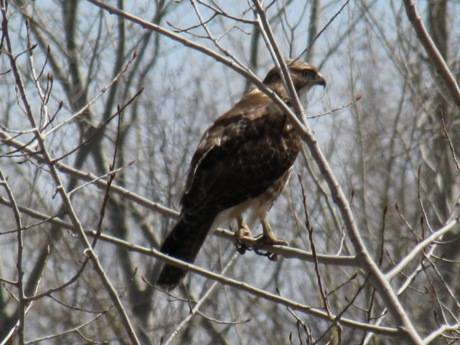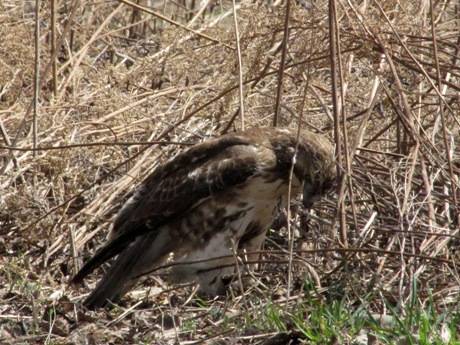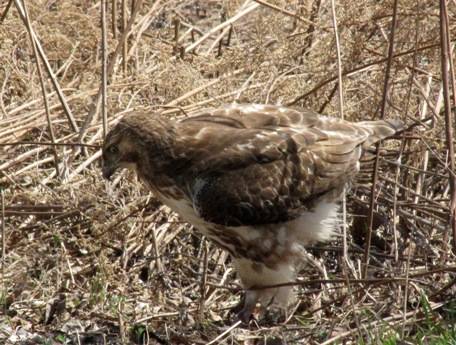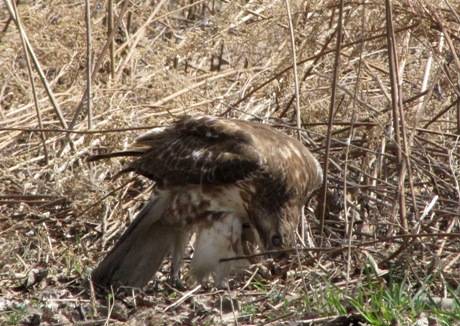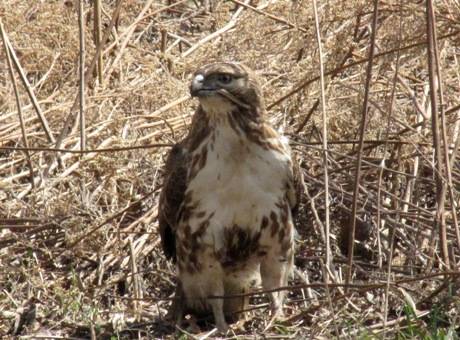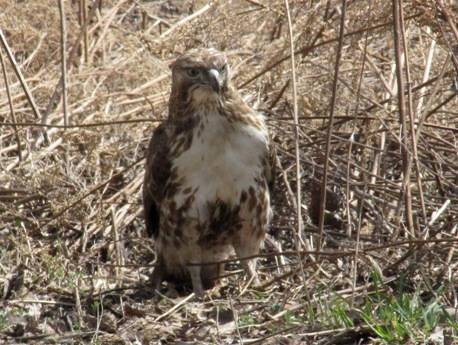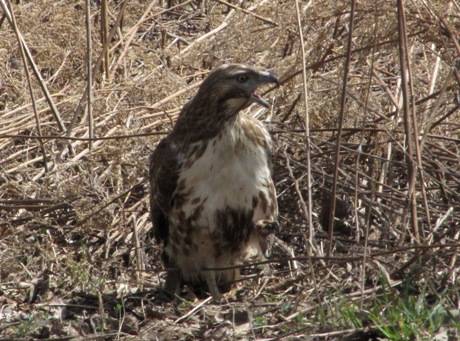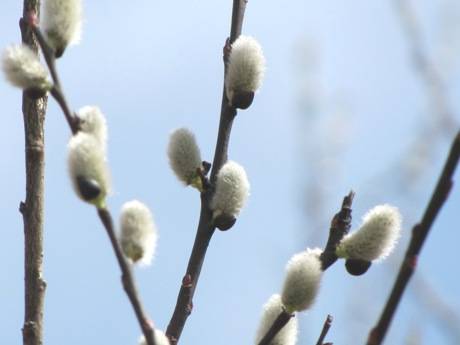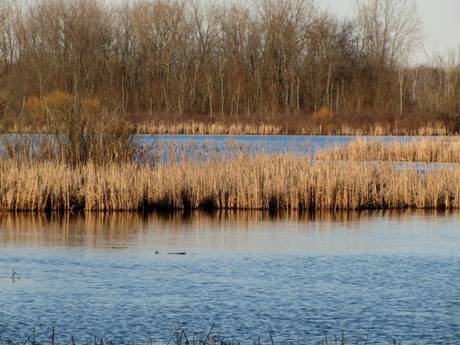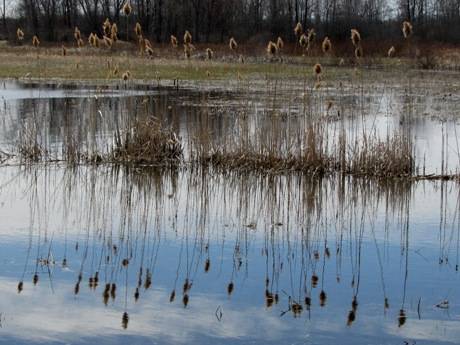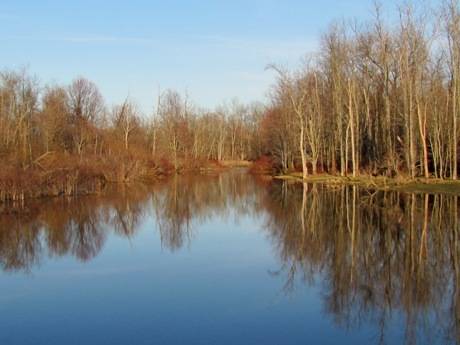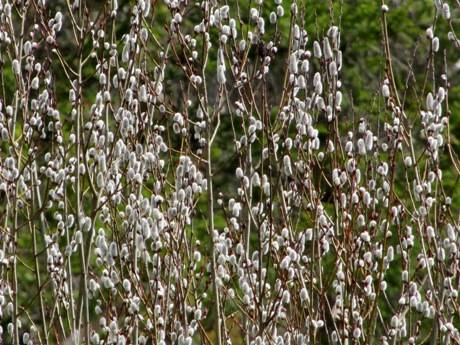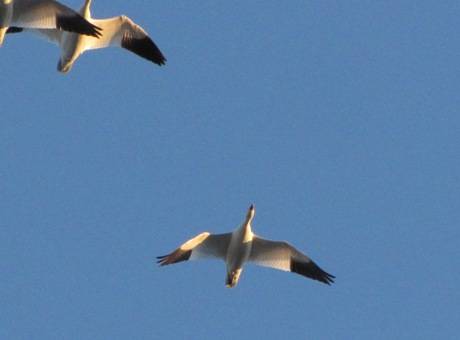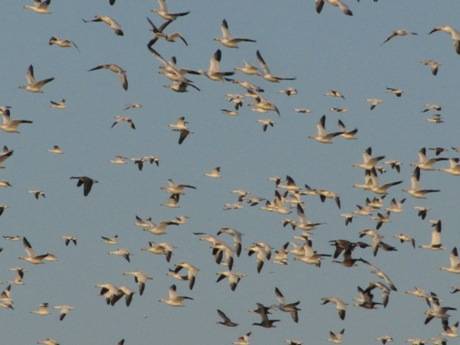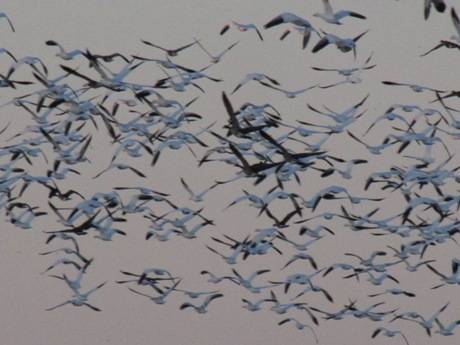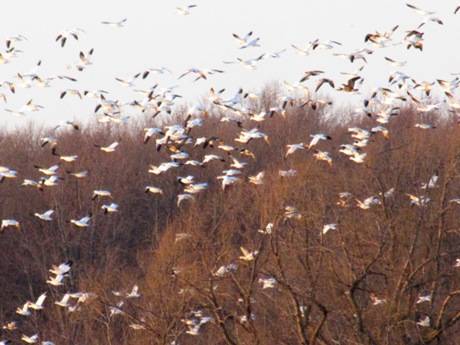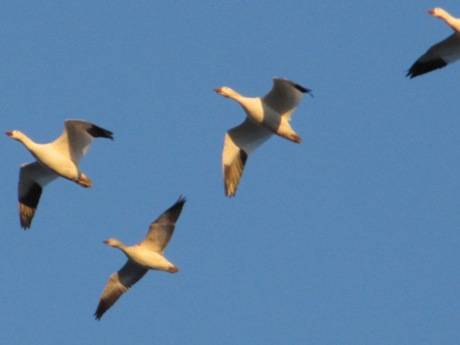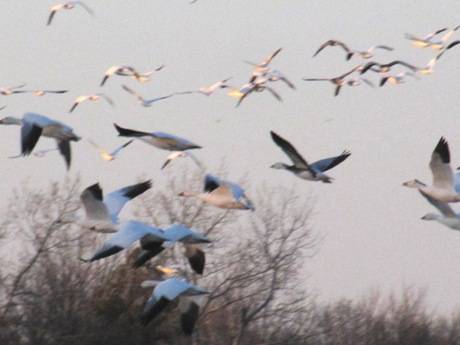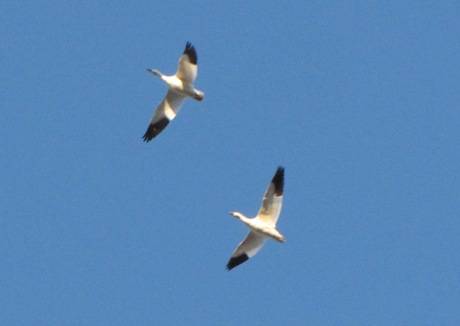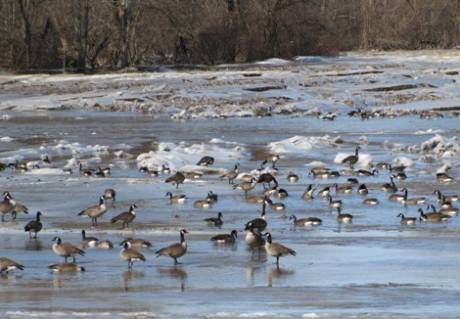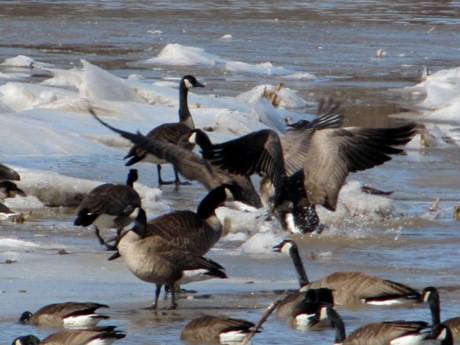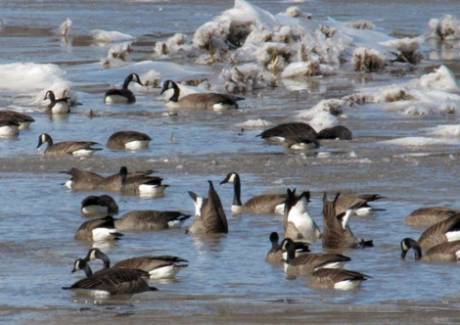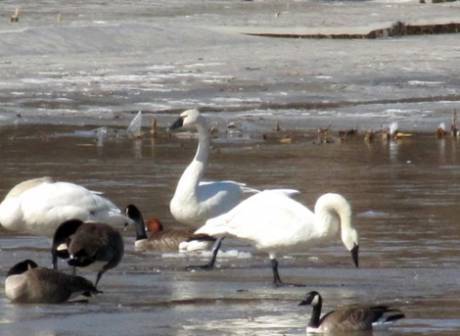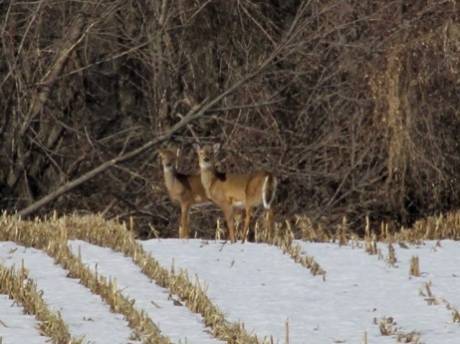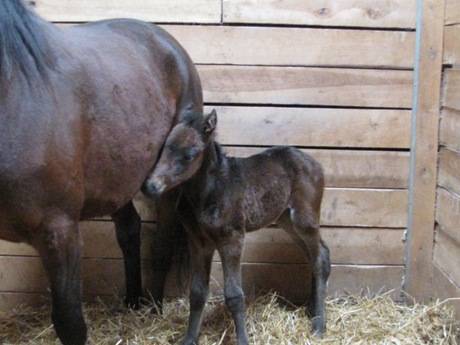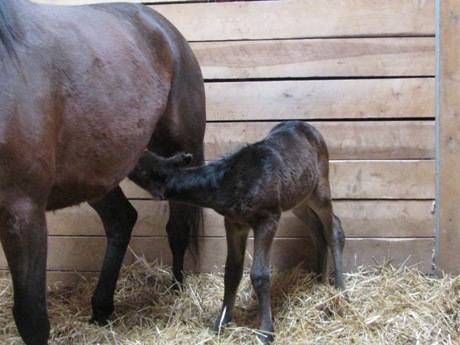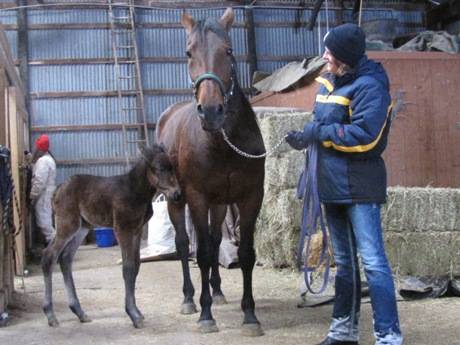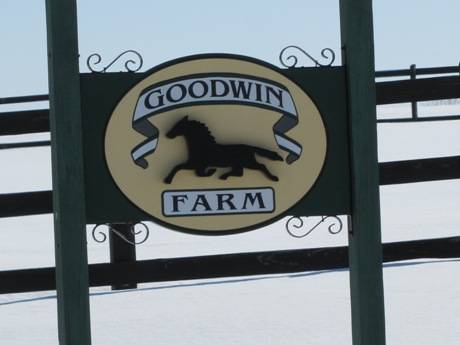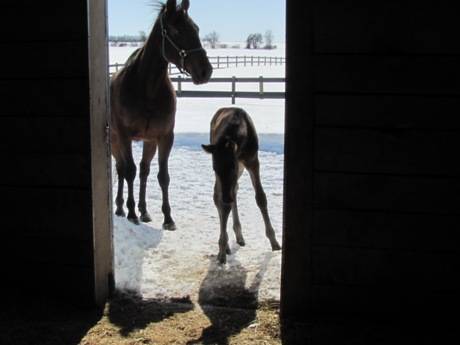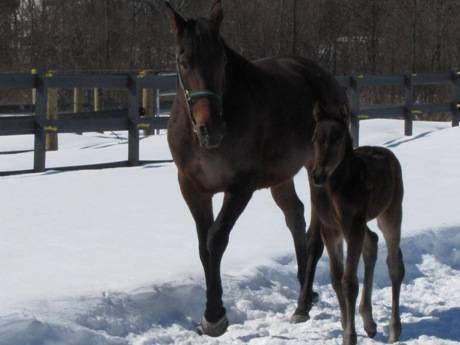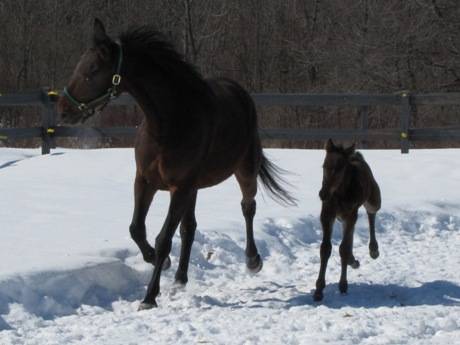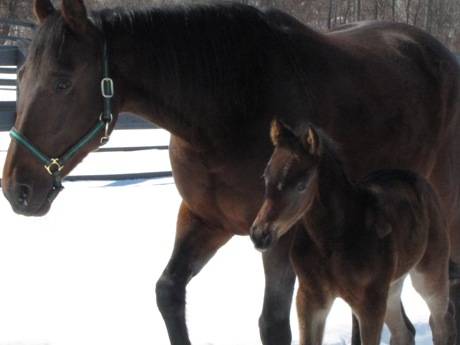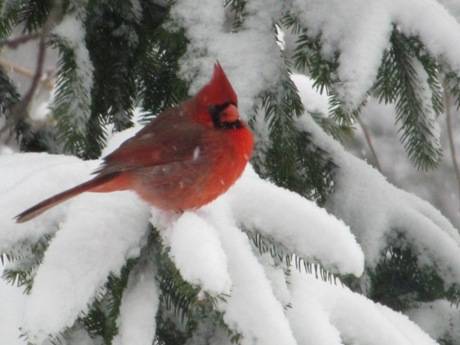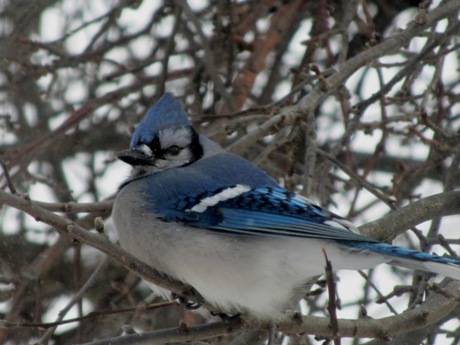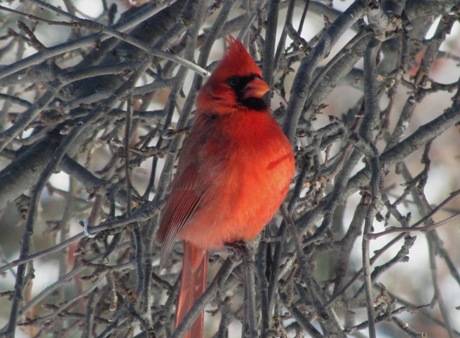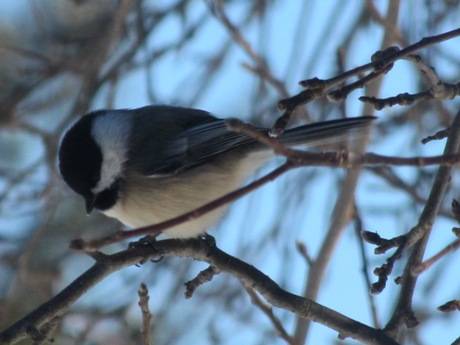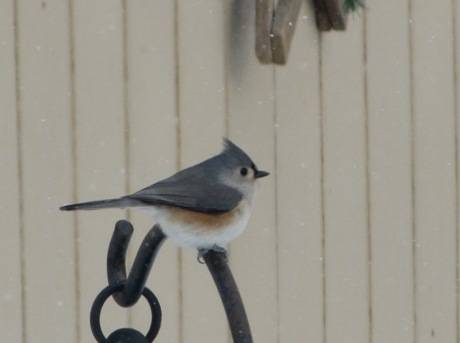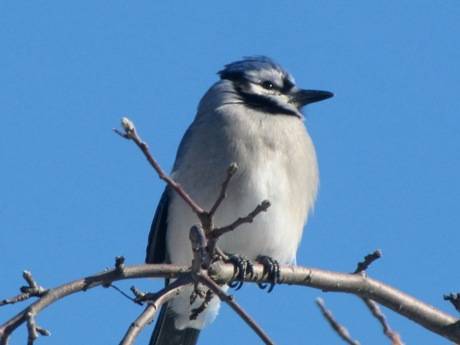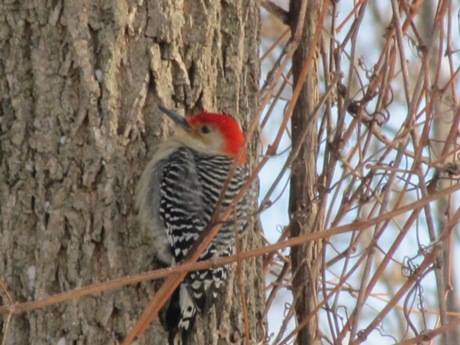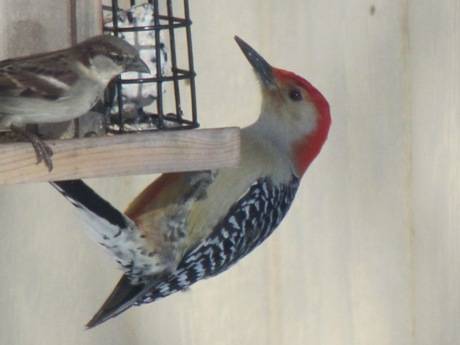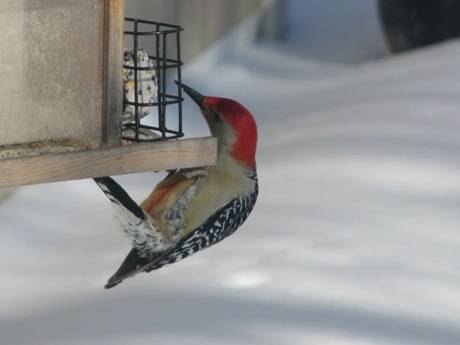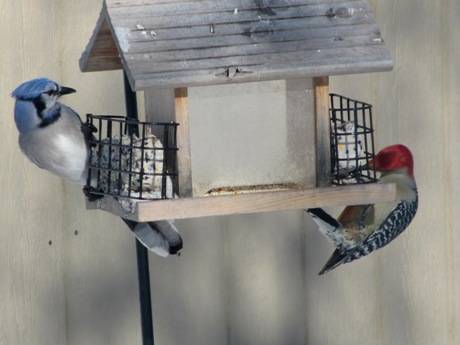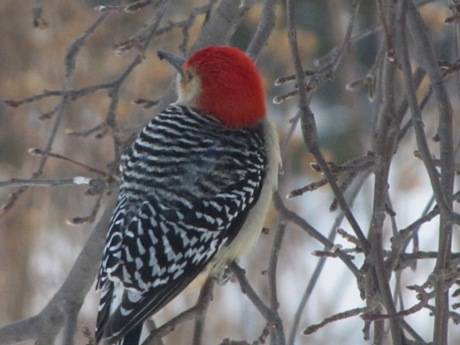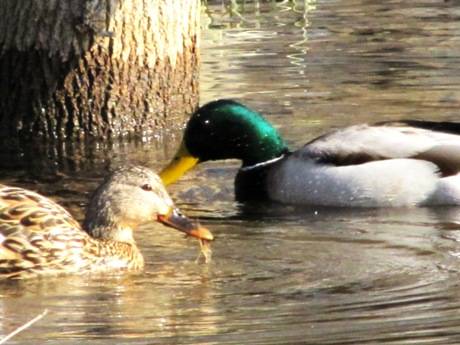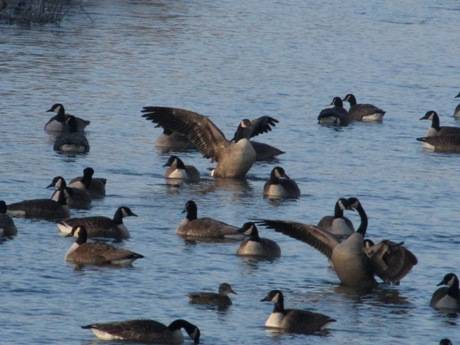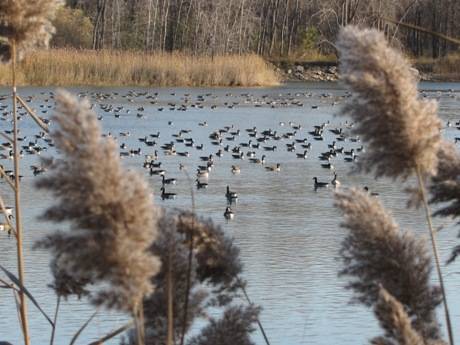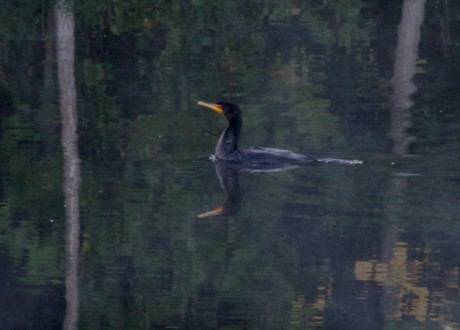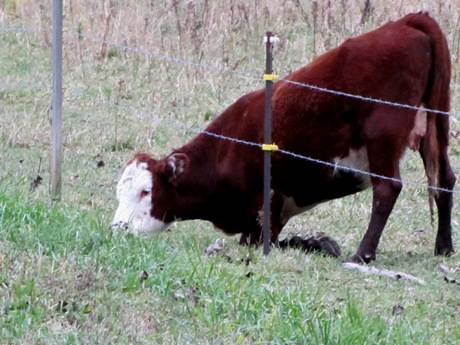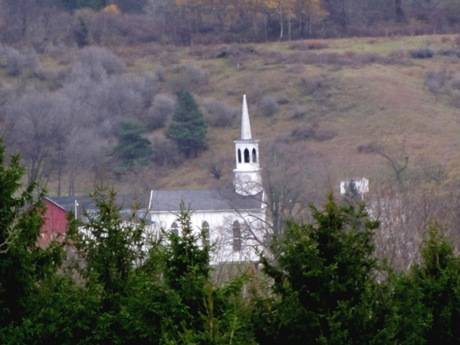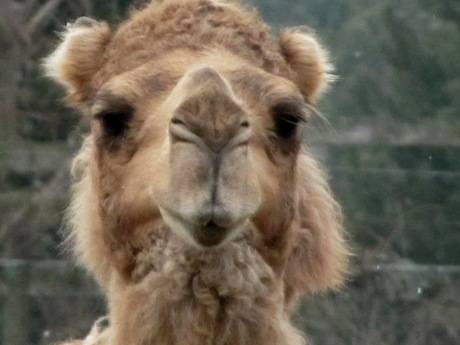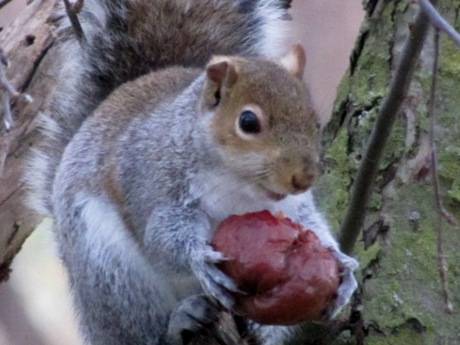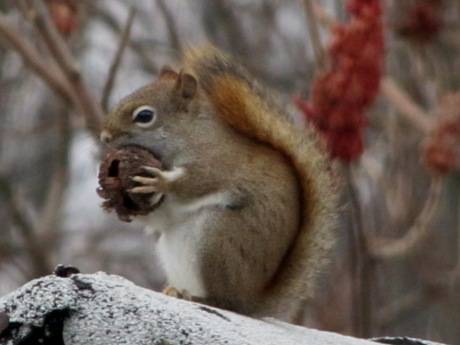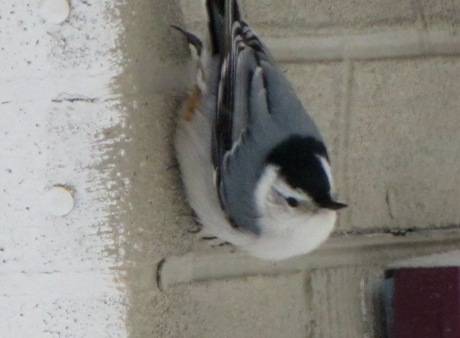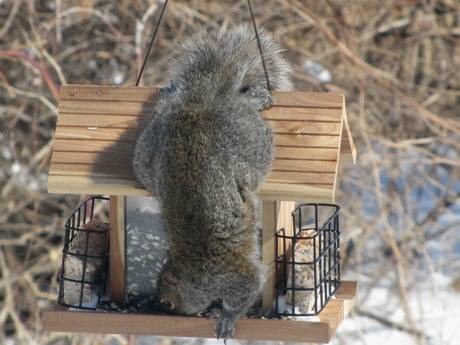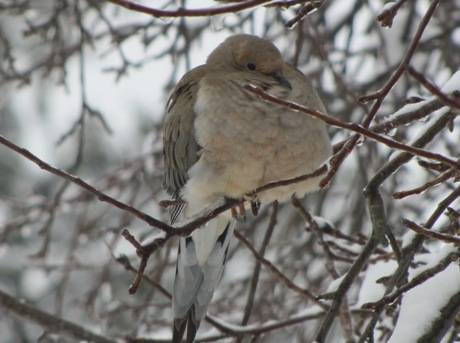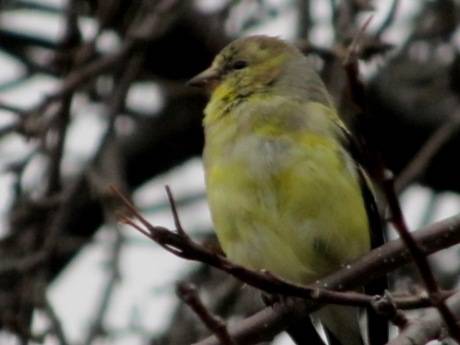It was a time when much of the country was still feeling the effects from the Great Depression. In rural America the contents of a hunter's game bag greatly helped add to the family larder. Water fowl bag limits were quite liberal at the time and shotgun shells nowhere near as costly as they would become. A box of birdshot cost $1.25 -- a mere farthing by today's standards.
According to the Minnesota Public Radio archives, the autumn of 1940 was unseasonably warm throughout the state. The area had experienced a real Indian Summer during October that year and November began much the same way. Because warm autumns aren't conducive to great duck hunting, the wing shooting hadn't been much to write home about -- at least not until this day.
The morning of November 11th dawned sunny with the thermometer reading 50 degrees -- almost balmy for Northern Minnesota so late in the year. The temperature would climb to near 60 degrees. For outdoorsmen it was practically shirtsleeve weather. A good number of sportsmen heading out to the backwaters of the Mississippi where it flows past Winona were dressed accordingly -- nothing more than a canvas hunting jacket over a light shirt.
In addition to the sloughs and backwaters of the upper Mississipi watershed, the river is dotted with a maze of islands where it flows past Winona, making the area ideal habitat for duck blinds. And this is where a good number of duck hunters headed that November day.
By early afternoon the sky clouded over and a wind came up. It was a light wind at first and with it came the rain -- prime conditions for hunting ducks. The temperature began to drop and sure enough, the ducks began arriving in good numbers. Big flocks numbering in the hundreds at first, but before long the ducks were funneling into the backwaters of the upper Mississippi by the thousands. After a while the rain turned to sleet and still the ducks poured into the sloughs and backwaters. The sky was black with ducks and a few geese mixed in as myriad waterfowl all across the upper Mississippi flyway were silhouetted against gray storm clouds.
What appeared to be dream conditions for the duck hunters was really an omen, a forebode warning. In their zeal the gunners totally misread Mother Nature's danger signal. The ducks, countless thousands of them, were seeking shelter from an imminent storm. The hunters, meanwhile, merely thought it their good fortune to be afield for a waterfowl movement such as was taking place before their very eyes. They had no clue what was bearing down on them.
Predicting the weather in those years was not the science it would one day become. If those early meteorologists had at their disposal the sophisticated weather-predicting equipment of today, they would have known a strong storm that had originated in the Pacific Northwest had barreled across the Rocky Mountains and, instead of weakening after crossing the Continental Divide as is usually the case, it tapped into an intense low-pressure system carrying plenty of rain from the Gulf of Mexico before colliding with a frigid arctic air mass from Canada. A recipe for a weather disaster was in the making.
As the temperature continued to drop, the sleet turned into snow and what had become a stiff wind began increasing in instensity, growing ever stronger. Still, the waterfowl kept coming, providing the gunners hunkered down in the cattail-lined sloughs the duck hunt of a lifetime. The bag limit at that time consisted of 10 ducks and for those who had yet to fill their quota, with so many birds on the wing, it appeared to be just a matter of time before doing so. Thus, in the excitement of the hunt, shotguns continued to boom throughout the backwaters of the upper Mississippi.
"THE WINDS OF HELL"
The time eventually came when those who had refused to abandon their duck blinds earlier would have to pay the consequences one way or another. Mother Nature was about to unleash her fury.
The wind continued to strengthen and the hunters who had yet to leave, those still in the elements, knew they had made a dire mistake. For the hunters on the river islands, blinding snow and 70-mph winds made getting back to shore next to impossible. While a scant few somehow managed to get back to shore, for most it was an exercise in futility. Without outboard motors, wooden rowboats and skiffs were no match for the whitecaps and five-foot waves that stood between them and safety. It would prove to be at best a harrowing ordeal for those stranded anywhere among that maze of islands.
By nightfall the temperature had plummeted to 2 degrees but hurricane-force winds created a windchill of minus 55. In desperation, boats, decoys and duck blinds were burned in an attempt to provide warmth. Some repeatedly walked in circles to keep their blood flowing, others struck themselves over and over, pounding themselves in the arms and torso to keep the circulation moving.
What awaited rescue personnel the next day were a series of grim, surreal scenes. Throughout the region hunters were found lying prone, some beneath their duck boats, others covered by the drifting snow. One man was found standing in waist deep water -- he was frozen solid, his arms still clinging to a tree. Raging winds had driven the river up and over what little dry land, if any, was to be found on that particular spit of land.
One teen survived only because the family's two black labs had nestled on either side of him and remained that way throughout the night. The boy's brother, father and uncle weren't so fortunate. While many froze to death, others drowned in their attempt to cross the river sloughs in low-slung duck boats that were no match for five-foot waves and 70-mph winds.
The deadly storm ravaged parts of three states and was the reason for a head-on collision between a freight train and a passenger train loaded with duck hunters. Unable to see in the white-out conditions, the passenger train's crew missed a trackside signal. On Lake Michigan three freighters and two smaller boats sank, claiming 66 lives. All told, the storm was responsible for 160 deaths. Of that total, nearly 50 of them duck hunters, the majority perished in the upper Mississippi watershed near Winona.
The cataclysmic weather phenomena which struck the Upper Midwest on Nov. 11th, 1940, has since been labeled in many ways. For some it was the Armistice Day Blizzard, others called it the Storm of the Century. One newspaper's headlines referred to it as The Winds of Hell.
However that tragic event is recalled, in the annals of waterfowling and for the family and friends of those who perished, it will no doubt be remembered as The Day the Duck Hunters Died.
